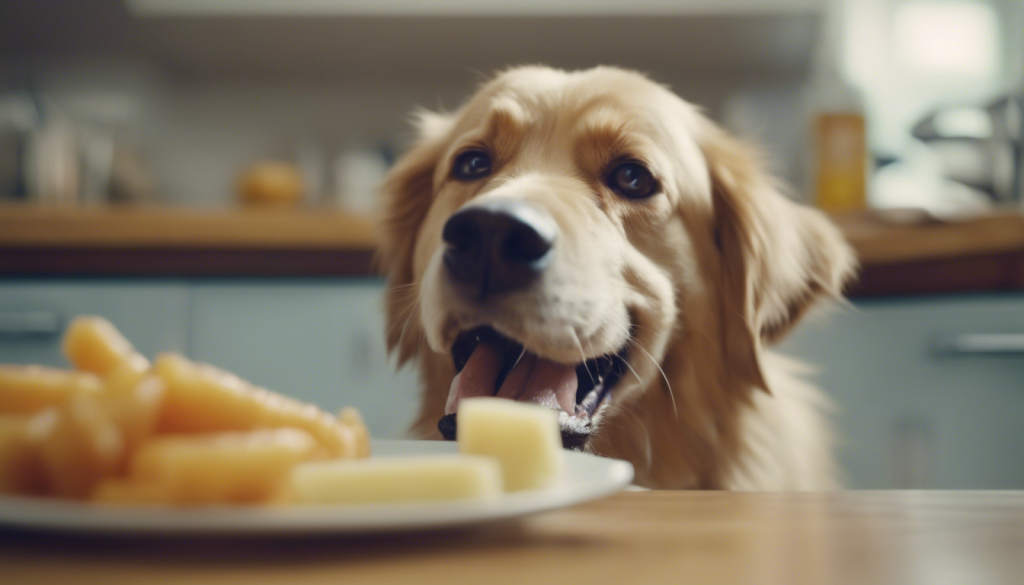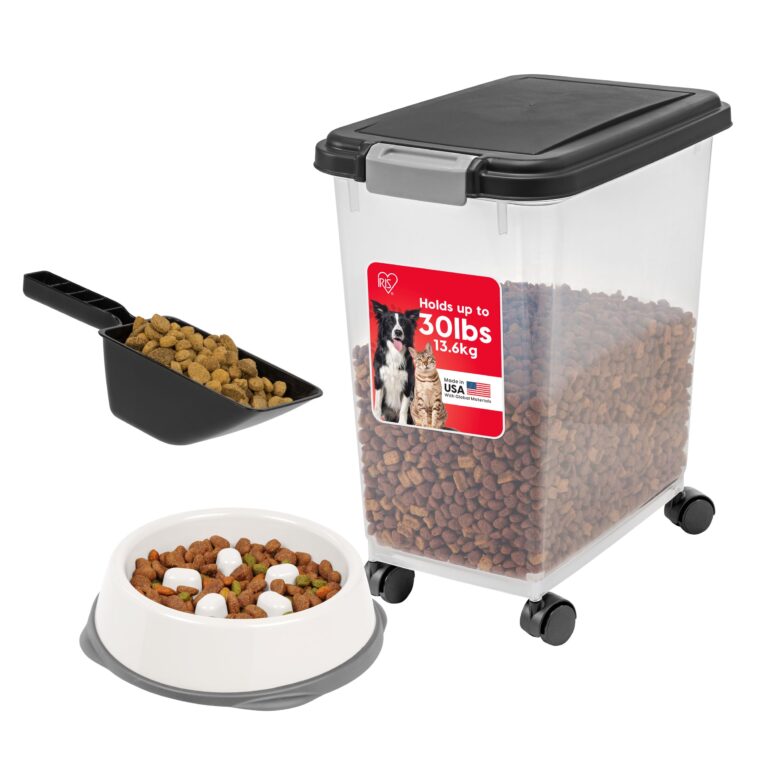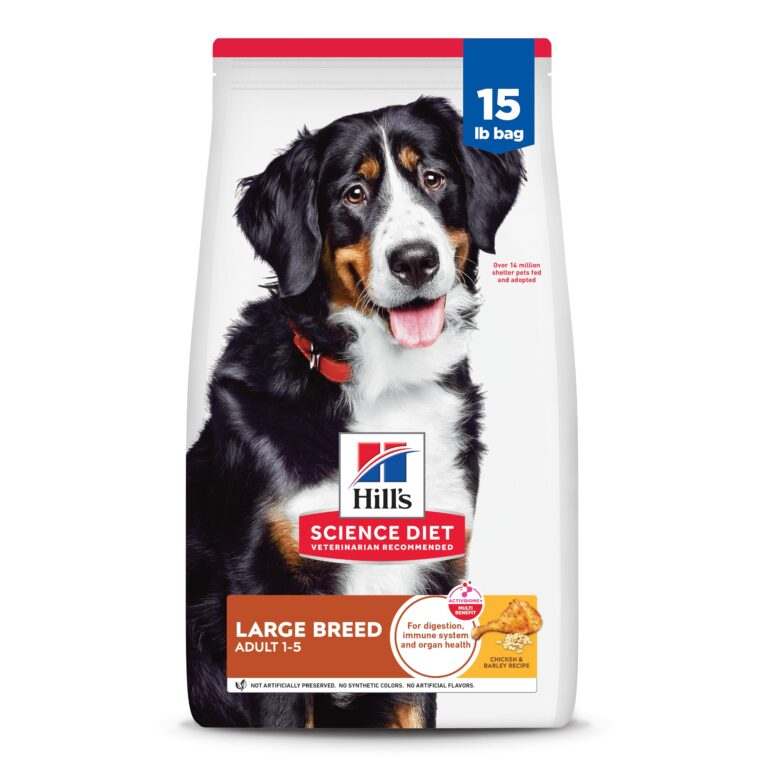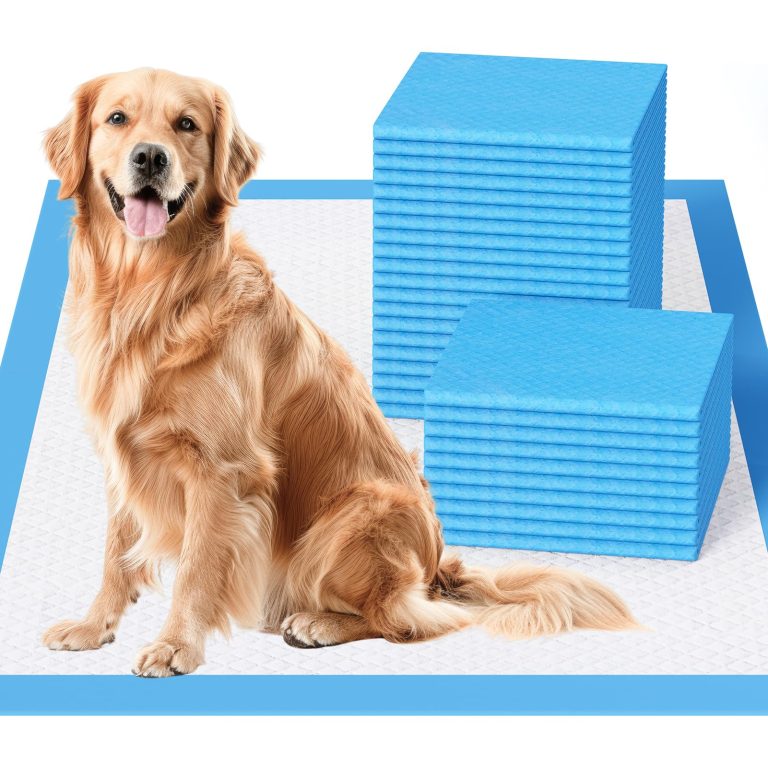Homemade Dog Food Recipes: Nutritionist-Approved
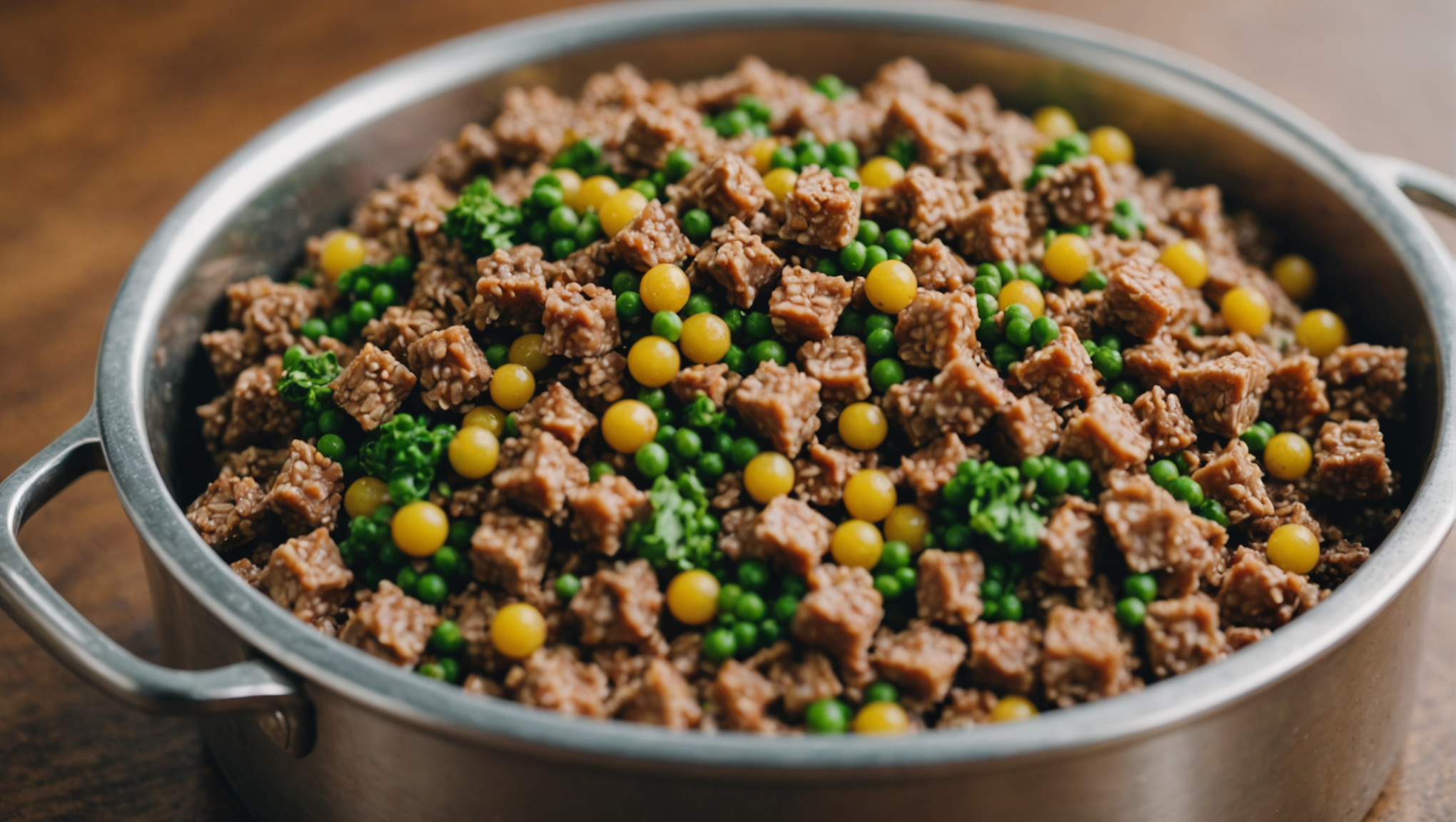
Understanding the nutritional needs of dogs is of paramount importance for every pet owner passionate about their furry companion’s health and well-being. Just like humans, dogs require a variety of essential nutrients to sustain their energy levels, support growth, and maintain optimal body function throughout their lives. Proper canine nutrition is intricately tied to their overall health, influencing everything from skin and coat condition to energy output and immunity. As such, it’s vital to recognize the essential components that must be included in a dog’s diet.
The primary dietary necessities for dogs encompass proteins, carbohydrates, fats, vitamins, minerals, and water, each serving a unique role in promoting health and vitality. Proteins, the building blocks of life, are critical for tissue growth and repair, while also playing a pivotal role in enzyme and hormone production. High-quality protein sources, such as lean meats, fish, eggs, and certain legumes, ensure that dogs receive the critical amino acids necessary for their bodies. Particularly in puppies, adolescents, and pregnant or nursing dogs, elevated protein levels are essential to support rapid growth and developmental milestones.
Carbohydrates provide an important source of energy, supporting active lifestyles and enhancing overall well-being. Opting for digestible carbohydrates from whole grains, fruits, and vegetables contributes to healthy gastrointestinal function and provides fiber, which is vital in maintaining a healthy weight and preventing ailments such as constipation. However, the type and quantity of carbohydrates must be closely monitored, particularly for breeds predisposed to obesity and diabetes.
Fats, often misunderstood, are equally crucial in a dog’s diet. Providing concentrated energy, fats are essential for the absorption of fat-soluble vitamins, such as A, D, E, and K. Healthy fats, particularly omega-3 and omega-6 fatty acids, emerge from sources like fish oils and flaxseed, contributing to a luminous coat and reduced inflammation. Moreover, a proper balance of fats plays a significant role in cognitive function and heart health, underscoring their importance in lifelong nutrition.
Vitamins and minerals round out the spectrum of essential nutrients, helping to ensure that physiological processes function efficiently. Vitamin A is vital for eye health, while B vitamins are critical for metabolism and energy production. Minerals such as calcium and phosphorus are indispensable for bone growth and maintenance, highlighting the need for a balanced ratio tailored to the dog’s life stage and breed. Furthermore, trace minerals like zinc, iron, and selenium cannot be overlooked, as they contribute to immune function and cellular health.
When considering a dog’s unique dietary requirements, it’s also important to acknowledge the differences stemming from their breed, age, and size. Larger breeds may have distinct nutritional needs aimed at promoting healthy growth rates and avoiding skeletal issues, whereas smaller breeds often require more calorie-dense meals tailored to their faster metabolisms. Similarly, a puppy’s diet must be different from that of an older dog, with a focus on the increased caloric and nutrient needs of growth stages, ensuring they flourish without facing the pitfalls of obesity.
As the journey of dog ownership unfolds, many owners are now inclined to explore homemade diets, believing such options provide greater control over what their pets consume. Homemade dog food can offer an avenue for tailoring meals that cater to specific dog needs, addressing allergies and feeding preferences that commercial brands may not accommodate. However, the challenge arises in ensuring that homemade meals remain balanced and complete, meeting all the nutritional requirements laid out by veterinary nutritionists. As Victor Hugo wisely stated, “There is nothing like a dream to create the future,” and through informed choices in canine nutrition, one can certainly aspire to a future flourishing with health and happiness for their beloved companions.
Benefits of homemade dog food
Embracing the world of homemade dog food opens a treasure trove of benefits that can have a profoundly positive impact on your canine companion’s health. One of the most compelling advantages is the ability to tailor meals precisely to your dog’s individual dietary needs. This customization is particularly valuable for dogs with specific allergies, sensitivities, or unique health concerns. By crafting dog meals from fresh, whole ingredients, pet owners can meticulously avoid harmful additives and allergens that might lurk in commercial dog foods, providing peace of mind with each nourishing bite.
The freshness of homemade meals also plays an important role in maintaining the health and vitality of dogs. Unlike commercial pet foods, which may contain preservatives to extend shelf life, homemade dishes allow for the use of freshly sourced ingredients that are packed with vital nutrients and flavor. Just as we benefit from fresh produce and unprocessed foods, dogs flourish when given meals rich in wholesome, nutrient-dense components. The ability to incorporate a variety of real foods—from lean meats rich in high-quality proteins to colorful vegetables bursting with vitamins—ensures that your furry friend receives a diet that’s as flavorful as it’s beneficial.
Another notable benefit is the enhancement of the dog-owner bond through shared culinary experiences. Preparing meals together can transform feeding time into a loving ritual, fostering a deeper connection between you and your pup. Dogs thrive not only on nutrition but also on the love and attention that comes with purposeful care. The very act of creating these meals can serve as a testament to the commitment you have for your pet’s well-being. As an added bonus, sharing mealtimes can also offer opportunities for positive behavior reinforcement and training, making the entire experience more rewarding.
Moreover, engaging with homemade dog food may prevent obesity—an increasingly common issue among pets. By controlling portion sizes and ensuring that only healthy ingredients are included, owners can mitigate the risk of overfeeding while providing balanced nutrition. In contrast to many commercial dog foods, which often contain excessive fillers and empty calories, a thoughtfully constructed meal plan can help maintain a healthy weight and provide sustained energy levels throughout the day, allowing dogs to engage more actively in play and exercise.
Homemade diets also facilitate compliance with dietary changes recommended by veterinarians. For dogs diagnosed with specific conditions, such as kidney disease or inflammatory bowel disease, custom meal preparations can integrate prescribed healthful alterations, accommodating their therapeutic diet seamlessly. The versatility of homemade food empowers owners to adapt as their dog’s health fluctuates, ensuring they remain nourished even during challenging phases.
The journey of making homemade dog food can transform into a continuous learning experience, enriching the owner’s knowledge of canine nutrition. Delving into recipes, analyzing nutritional components, and experimenting with different wholesome ingredients cultivates a more profound understanding of the crucial role diet plays in a dog’s health and longevity. This knowledge fosters better decision-making as your dog’s lifestyle and needs evolve, allowing for conscientious adaptations to sustain optimal health. Indeed, as we curate meals with care, we not only nourish our dogs but also become their advocates in achieving a happier, healthier existence.
Safe ingredients for dog meals
To ensure the safety and health of your beloved canine companion, it’s essential to be discerning about the ingredients that comprise their meals. Much like our own diets, the safety of dog food hinges on the quality and appropriateness of the components selected. While the world of homemade dog food offers great potential, it also carries the responsibility of making informed choices about what goes into each dish.
First and foremost, lean meats are a cornerstone of a nutritious canine diet. Options such as chicken, turkey, lamb, and fish provide high-quality protein, crucial for muscle repair and overall health. However, it is vital to remove any bones, skin, and excessive fat before cooking, as these can pose choking hazards or lead to serious gastrointestinal issues. Cooking meats without added oils, seasonings, or sauces is advisable, as many ingredients human palates enjoy can be detrimental to dogs. Remember, moderation is key; providing a variety helps reduce the risk of developing sensitivities or allergies.
Vegetables are another essential component that can greatly enhance your dog’s meals, offering a plethora of vitamins, minerals, and fiber while contributing to overall wellness. Some safe vegetables include carrots, peas, green beans, and sweet potatoes—all of which provide beneficial nutrients without harmful additives. It remains paramount to research each vegetable thoroughly; some, such as onions and garlic, can be toxic to dogs even in small quantities, potentially leading to severe health issues. The mantra here is to prioritize safety through careful selection, avoiding any foods that may be hazardous.
Grains can serve as a beneficial source of energy, though it’s crucial to evaluate your dog’s tolerance to them. A segment of the canine population is prone to allergies or sensitivities to grains, so understanding your dog’s needs while considering options like brown rice, oats, and quinoa can offer a balanced approach to their diet. These carbohydrate sources not only provide energy but also contribute to healthy digestion and can even facilitate healthy skin and coat by providing additional essential fatty acids.
Fruits can serve as delightful treats or ingredients within meals, providing natural sweetness and a wide spectrum of vitamins. Dog-friendly fruits such as blueberries, bananas, and watermelon (without seeds or rind) are not only nutritious but can also be a refreshing addition to homemade recipes. Always remove any potentially harmful components, such as seeds or pits, to minimize risk. Furthermore, introducing fruits in moderation helps maintain a balanced diet, avoiding excessive sugars.
Additionally, it very important to incorporate healthy fats into your dog’s diet for optimal nutrient absorption and energy support. Sources such as fish oil or flaxseed oil can confer benefits from omega-3 fatty acids, known for their anti-inflammatory properties and positive effects on joint health. However, being mindful of fat content is key—too much can lead to obesity and other health concerns. Striking a balance between calorie intake and energy expenditure is a fundamental principle in canine nutrition.
Lastly, supplements can serve to bridge any nutritional gaps, particularly in homemade diets that may lack certain essential vitamins or minerals. Consulting with a veterinary nutritionist is prudent when considering tap-potentials, as they may recommend specific supplements to fortify your dog’s unique dietary needs. Not every dog will require supplementation, but knowledge in this area can provide surety that all nutritional bases are covered.
Engaging in the process of evaluating and choosing safe ingredients for your dog’s meals cultivates not only a deeper understanding of nutrition but also reflects your commitment to their health and well-being. With thoughtful ingredient choices, those moments shared over dinner time become not just nutritional sustenance but celebrations of the joy and loyalty our dogs bring into our lives—a sentiment that resonates deeply for any devoted pet owner.
Easy homemade dog food recipes
Crafting nourishing homemade dog food can be an exciting and rewarding culinary endeavor, allowing pet owners to provide their furry friends with wholesome meals that cater to their specific nutritional needs. Below are some simple yet effective recipes that embody the principles of balanced dog nutrition, ensuring that your canine companion receives all the essential nutrients for a happy and healthy life.
One standout recipe is a protein-rich chicken and vegetable stew, an all-time favorite among dogs for its delightful aroma and satisfying taste. Begin with boneless, skinless chicken breasts, roughly chopped, and simmer them in water until fully cooked. After shredding the chicken, incorporate an array of dog-friendly vegetables such as carrots, peas, and green beans, all rich in vitamins and fiber. Adding sweet potatoes not only contributes valuable nutrients but also offers a hint of natural sweetness, appealing to your dog’s palate. Allow the concoction to cool before serving, ensuring each bowl is adorned with equal parts nourishing goodness.
For those seeking a more plant-based option, ponder a lentil and pumpkin mix that’s both hearty and nutritious. Start by boiling dried lentils until tender. While the lentils are cooking, puree fresh or canned pumpkin (make sure it’s pure pumpkin and not pie filling) until creamy. Mix the lentils with the pumpkin and introduce finely chopped spinach or kale for an extra leafy boost of micronutrients. This recipe is not only rich in fiber, which especially important for digestive health, but it also offers a delectable flavor profile that most dogs find irresistible.
If the idea of incorporating fish into your dog’s diet excites you, a salmon and quinoa dish is an excellent choice. Cook quinoa according to package instructions, adding this protein-packed grain to your dog’s meal plan. Meanwhile, bake or steam fresh salmon fillets—not seasoned with any human spices—until flaky and easy to separate into bite-sized pieces. Combine the salmon with the quinoa and add diced cucumbers or zucchini for a refreshing crunch. This dish not only elevates omega-3 fatty acid intake, positively impacting coat health and reducing inflammation but also serves as a fulfilling meal your dog will eagerly devour.
For a classic evening delight, try a beef and veggie casserole. Ground beef, cooked thoroughly and drained of excess fat, becomes the meal’s cornerstone. Blend in a medley of cooked brown rice, peas, and a touch of chopped carrots to deliver essential fiber and vitamins. To give the dish a boost, think topping it with a sprinkle of finely grated cheese, an optional indulgence that many dogs adore. This combination provides a balanced mix of protein, carbohydrates, and fiber, fitting seamlessly into a dog’s daily nutritional requirements.
Finally, don’t overlook the versatility of breakfast! Whip up a delightful egg scramble by whisking together eggs, and mixing in cooked spinach or shredded carrots for added nutrients. Serve it alone or combined with brown rice or oats for a filling morning meal. Eggs supply quality protein coupled with beneficial fats, making them an excellent addition to any homemade repertoire.
As you embark on this culinary journey of crafting homemade dog meals, remember to maintain a thoughtful balance of the various ingredients, paying close attention to portion sizes to avoid overeating. Implement these recipes into your dog’s diet gradually, and always observe how they respond to new foods to ensure happiness and healthiness at mealtime. Preparing meals from scratch not only allows you to invest love into your dog’s diet but also fosters a deeper appreciation for the joys of canine companionship, where every shared meal signifies an act of devotion and care that underlies the bonds we cherish with our furry friends.
Tips for transitioning to homemade diets
Transitioning to a homemade diet for your dog can indeed be an exhilarating endeavor that not only enriches their health but also strengthens the bond you share. However, this change should be approached with careful consideration and planning to ensure a smooth adaptation to new eating habits that align with their nutritional needs. It begins with understanding that dogs, much like us, may require time to adjust to a significant dietary shift, particularly if they have spent years consuming commercial kibble or canned food.
Initially, it’s essential to introduce new meals gradually rather than abruptly. A sudden change can lead to gastrointestinal distress, which may manifest through symptoms such as diarrhea or vomiting. To seamlessly transition, begin by mixing small portions of the homemade food with your dog’s regular diet. Gradually increase the ratio of homemade to commercial food over the course of a week—an approach that not only eases digestion but also allows your dog’s palate to acclimate to the new flavors and textures. Aim for an approach that feels both gentle and affirming for your companion, as familiarity breeds comfort.
Additionally, ponder your dog’s specific dietary needs based on age, breed, and health conditions. For instance, younger dogs may have higher energy requirements and thus may require meals enriched with protein and healthy fats to support their active growth, while senior dogs may benefit from diets lower in calories and higher in digestible fiber. Keeping this tailored approach in mind ensures that each recipe you introduce positively contributes to their uniqueness, fostering not just health but also happiness.
As you embark on this culinary adventure, consistency is key—both in terms of routine and portion sizes. Dogs thrive on routine, so establish regular feeding times to help them anticipate mealtimes. This predictability can create a sense of security, along with a positive training opportunity to reinforce good behavior through rewards or compliments during these designated times. Pay attention to their hunger cues and adjust portion sizes accordingly, recognizing that the recommended servings can vary based on factors like activity level and body weight.
During this transition period, keeping a food diary can be beneficial. Documenting what you prepare, how your dog responds, and any changes in their mood or physical condition can offer insightful data to modify recipes or portion sizes as needed. Should you notice any adverse reactions such as lethargy or upset stomach, consulting a veterinarian or a veterinary nutritionist can provide clarity and guidance to fine-tune the diet based on their professional insights.
Moreover, introducing a variety of ingredients in your homemade recipes can stave off monotony and food aversion, a common issue that arises when dogs are exposed to repetitive meals. Incorporate seasonal vegetables, proteins, and grains to create colorful, exciting bowls that charm to your dog’s senses. The rich aroma and vibrant hues of homemade dishes can spark enthusiasm at mealtime, enhancing their overall eating experience while also delivering a nutritionally diverse diet. Remember that just as we enjoy variety in our meals, dogs appreciate an array of flavors and textures, which can encourage them to foster lifelong healthy eating habits.
Be open to experimenting with flavors and ingredients that cater specifically to your dog’s preferences. Whether your furry friend has a penchant for chicken or delights in beef, understanding these quirks can ensure a positive feeding experience. Don’t hesitate to add wholesome garnishes such as herbs like parsley or basil, which can elevate the nutritional content while introducing appealing aromas that might entice even the pickiest of eaters. There’s nothing quite like a meal that not only satisfies hunger but also delights the senses.
As you commit to this new feeding routine, embrace the journey for what it is—an opportunity not only to nourish your dog but also to deepen the connection you share. The kitchen becomes a sanctuary where culinary skills, love, and care come together to create meaningful experiences that reflect your commitment to your dog’s health and happiness. The joy of watching your canine companion savor each bite of food you’ve prepared with love is a reward that eclipses the efforts you put into this transition. Indeed, with patience, creativity, and care, homemade dining can transform mealtime into one of the many ways you show your furry friend that you’re invested in their well-being and joy.


